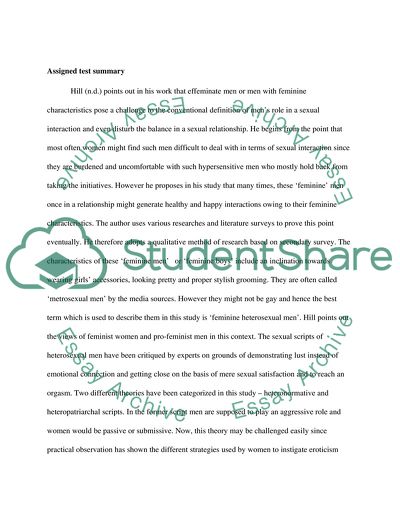Cite this document
(Sexual Roles for Men and Women Assignment Example | Topics and Well Written Essays - 2500 words, n.d.)
Sexual Roles for Men and Women Assignment Example | Topics and Well Written Essays - 2500 words. Retrieved from https://studentshare.org/gender-sexual-studies/1729869-sexuality-research-assignment-i
Sexual Roles for Men and Women Assignment Example | Topics and Well Written Essays - 2500 words. Retrieved from https://studentshare.org/gender-sexual-studies/1729869-sexuality-research-assignment-i
(Sexual Roles for Men and Women Assignment Example | Topics and Well Written Essays - 2500 Words)
Sexual Roles for Men and Women Assignment Example | Topics and Well Written Essays - 2500 Words. https://studentshare.org/gender-sexual-studies/1729869-sexuality-research-assignment-i.
Sexual Roles for Men and Women Assignment Example | Topics and Well Written Essays - 2500 Words. https://studentshare.org/gender-sexual-studies/1729869-sexuality-research-assignment-i.
“Sexual Roles for Men and Women Assignment Example | Topics and Well Written Essays - 2500 Words”, n.d. https://studentshare.org/gender-sexual-studies/1729869-sexuality-research-assignment-i.


